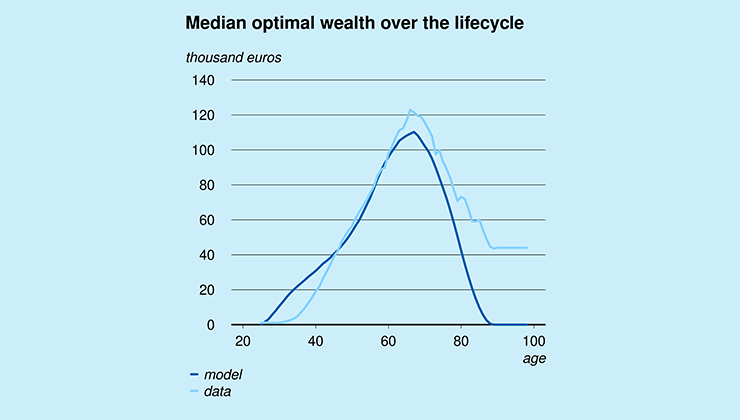Publications
April 26, 2023
New Tools for Value Chain Analysis
February 13, 2020
Are the savings of Dutch households optimal?

March 18, 2019
Estimating Markups in the Netherlands
July 2, 2018
Frontier firms and followers in the Netherlands: estimating productivity and identifying the frontier
This study shows that constructing a large dataset, which sufficiently covers all firm sizes, is a prerequisite for studying the divergence hypothesis. We merge datasets of individual firm and employee data in the years 20062015 for the Netherlands, resulting in a representative sample of corporations. We find no evidence of diverging productivity between firms on the national frontier and laggard firms. →